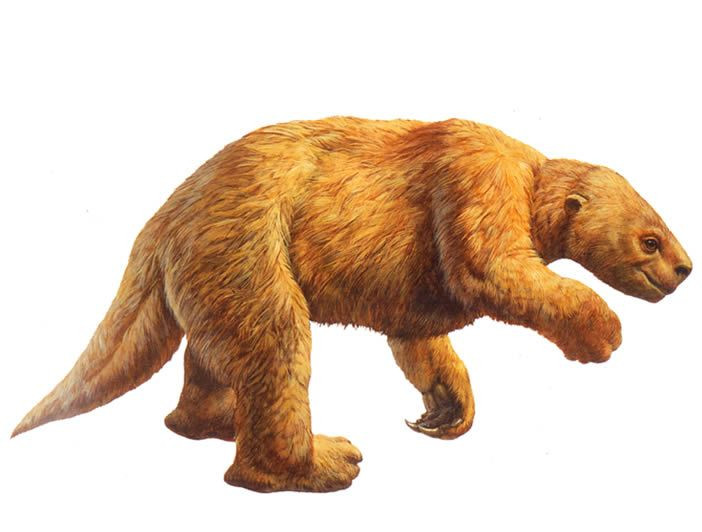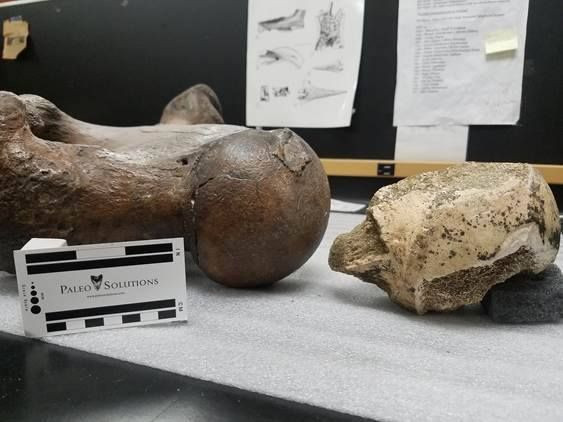Extinct Sloth, Bison Bones Found In Los Angeles During Subway Work By Transportation Authority

For employees of the Los Angeles County Metropolitan Transportation Authority (Metro) working on the city’s subway system, when does an underground upgrade stop being routine? Among other possibilities, when they discover bones of animals long extinct.
On May 16, Metro found two partial bones belonging to large mammals 16 feet below Crenshaw Boulevard, between 63rd Street and Hyde Park Boulevard, in a sandy clay layer, the transport authority announced Wednesday. One of the bones was identified as belonging to an extinct ground sloth, and the other to a bison.

Read: Bus-Sized Marine Reptile Fossil From Dinosaur Era Discovered In Russia
The sloth fossil bone was identified to be a proximal femur head segment, which translates, in simple English, to the hip joint. The femur, which is the longest and possibly the strongest bone in the body, runs from the hip to the knee.
The sloth bone find is exciting, because it may belong to a Harlan’s Ground Sloth. This particular animal is the largest and most common of the three different ground sloth species found at the La Brea Tar Pits. This sloth species (scientific name Paramylodon harlani) likely lived in the area that is now Los Angeles in the late Pleistocene, 40,000 to 11,000 years ago. P. harlani was up to 10 feet in height, and weighed up to 1,500 pounds.
The bison fragment is the proximal radius, the upper part of the main load-bearing bone in the lower front limbs of four-legged animals (and correspondingly, the part near the elbow of one of the two large bones in our forearms).

According to the Metro news release, the fossil bones were first stabilized and prepared in a laboratory operated by Paleo Solutions, and then, on May 24, identified with the help of Gary Takeuchi of La Brea Tar Pits and Museum. The fossils are currently being held at the Paleo Solutions lab and will eventually be transferred to a museum, possibly the Natural History Museum of Los Angeles County, “for permanent curation,” the transport authority said.
This is far from the first time Metro work has turned paleontological. About a month earlier, on April 12 and 13, a contractor working on a subway station box uncovered fossils belonging to two different extinct animals, both large mammals.
One of those, a 20-inch long radioulna (forearm bone that is a combination of the radius and the ulna) was identified to come from an extinct camel species, Camelops hesternus. The other bone, likely a femur and about 36 inches long, was from an Ice Age elephant, either a mastodon or a mammoth. Those animals went extinct in North America about 10,000 years ago, when a large number of animals disappeared at the end of the last Ice Age.
At the same site as the April discovery — the Wilshire and La Brea Avenue in the Miracle Mile District — a nearly complete mastodon skull, a tusk and tooth fragments were unearthed in November.
© Copyright IBTimes 2025. All rights reserved.





















